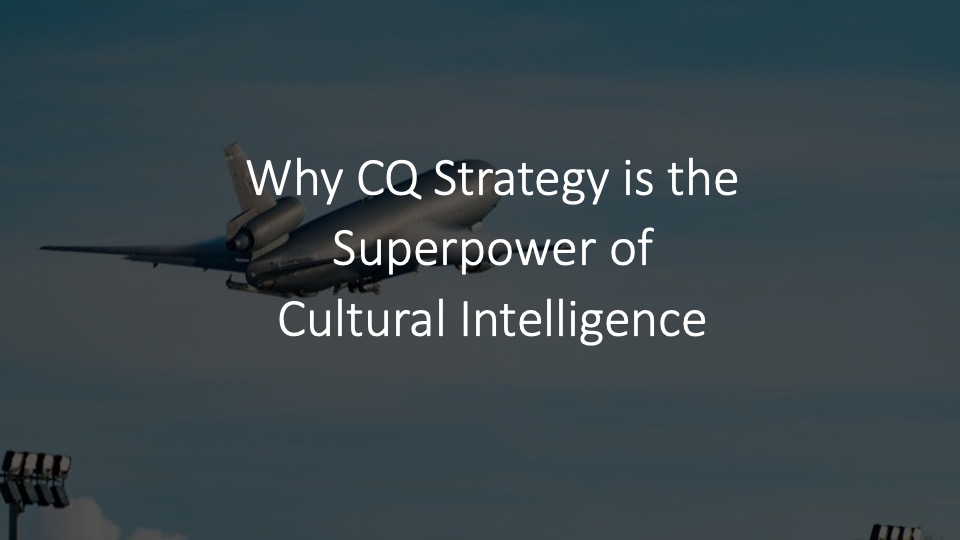Guest Post By Dr. Sandra Upton
Recently, there was an incident at a high school in my own hometown where a group of students found makeup in the back of a classroom that had been left previously in the day by another student. One student, who happened to be Caucasian, used that makeup to paint his face black. Someone took pictures and you can probably guess what happened next. They were posted on social media and instantly went viral, creating a firestorm of offense and criticism from other students and the community at large, particularly the African American community.
Some might say, “I don’t get it, what’s the big deal?” Well, if you understand a bit about U.S. race relations, wearing “blackface” was makeup that was used to portray very negative racial stereotypes towards African Americans in the 19th Century. The remnants of what it symbolizes are alive and well, making it just as—if not more—sensitive of an issue today as it was back then. Worse yet, these remnants can show up in the form of unconscious biases, particularly among our youth in K-12 (primary and secondary) schools. Students’ unconscious biases are not limited to race. They can include gender, socioeconomic status, weight, sexual orientation, religion, etc., all of which can significantly undermine a school’s efforts to create an inclusive environment where students thrive, regardless of their backgrounds.

What is Unconscious Bias and Where does it come From?
Unconscious bias can be described as unintended subtle and subconscious thoughts that happen to all of us—and all of the time. Mahzarin Banaji, author of the book Blind Spots, describes them as ingrained habits or “mindbugs” of thought that lead to error in how we perceive, remember, reason, and make decisions.
Banaji’s research reveals unconscious bias in children as soon as they have the verbal skills to be tested for it, which is around age four. Moreover, unconscious bias turns out to be roughly the same for pre-schoolers as for a senior citizen. This is consistent for children around the globe. The source of these biases is influenced most by the socialization that occurs at home, in school, and through the media. Unless there is intentionality in managing biases, they follow children throughout their primary and secondary education resulting in negative judgments, stereotypes, and actions towards people from different backgrounds. And as a result, kids put black makeup on their faces thinking it’s innocent while in fact it stems from implicit biases they have about people who look different from them.
So how can schools address unconscious bias? And how do we do so in culturally intelligent ways? Below are a few ideas. Let’s consider them at two levels—school focused and student focused strategies.
School Focused Strategies
- Recruit Culturally Intelligent Teachers and Staff
Review your hiring and onboarding practices. Be intentional about hiring a diverse team of teachers and staff. Recruiting a school staff comprised of different backgrounds creates an opportunity for your diverse student population to see people on staff and in leadership who look like them. But diversity staffing is not enough. Make sure that you hire people who share your value for diversity and inclusion, even if they are among the dominant culture. Everyone on staff needs cultural intelligence.
- Provide Unconscious Bias Training for Teachers and Staff
Part of the reason students are able to act on their biases is because teachers and staff lack the awareness and skills to manage such challenges. Providing research-based unconscious bias training is a powerful strategy for exposing potential biases that faculty and staff might have, as well as equipping them to effectively deal with students who may demonstrate biases towards others. Use professional development time to provide the training so teachers and staff don’t feel like it’s one more thing being added to an already full plate. Be sure teachers from every subject matter are on board. Unconscious bias shows up in math, science, and PE as much as in the social sciences.
- Engage Parents and Families
Children are not born biased. They develop biased thoughts and assumptions through what they are taught and exposed to. Invite families to discussions or trainings on unconscious bias and cultural intelligence. Help them recognize the value of such learning and development opportunities for both them as parents, as well as their children. Provide them with tools and resources to navigate difficult discussions at home. Educate them on why having culturally intelligent children will prepare them for success in the global and multicultural world that they will eventually be working in as adults. A parent or family in the U.S. needs to help their children understand that cultural demographics have shifted. Today, students of color are now the majority in U.S. public schools. Those currently in the minority population will become the majority within the next 30 years. A parent or family in Australia might remind their children that nearly 40% of students attending Australian universities were born oversees. Many of these students are from places such as India and China. Their children will be attending college and ultimately working alongside these students.
Don’t wait to engage families after an incident has happened. Be proactive. And when a situation happens, everyone should be clear and feel confident that it will be handled in a way that supports the school’s already demonstrated commitment to creating an inclusively excellent environment for all students.
Student Focused Strategies
- Customize Classroom Instruction
Make sure the curriculum and other classroom resources reflect a wide range of cultures and perspectives that represent your student population and beyond. Use positive images and materials that intentionally counter stereotypical assumptions about certain cultural groups. Incorporate instruction about bias. Use music, art, and other creative mediums to expose the cultural values and contributions of different cultural groups.
- Facilitate Cross-Cultural Interactions
Facilitate cross-cultural interactions between in-groups. Dr. Beverly Tatum’s classic book “Why Are All The Black Kids Sitting Together In The Cafeteria?” in part reflects our preference for sticking with our in-group, but it also symbolizes the segregation that still happens in many U.S. schools. Underrepresented populations, which could also include other forms of diversity such as students with learning or physical disabilities, do not feel included or a valuable part of the school community. Create heterogeneous learning groups to include students from a variety of cultural backgrounds. Perspective taking has been shown to reduce unconscious bias. Challenge students to reflect on situations and conflicts from another person’s point of view. For example, how do they process negative images they see about certain cultural groups in the media? Why is the #MeToo movement from around the globe such a big deal? Eventually, move students towards developing their cultural intelligence.
- Build in Accountability
Ignorance is not bliss. Everyone must play an active part in learning to become more culturally intelligent when interacting across cultures. As the saying goes, “when you know better, you do better.” Students, and anyone who is part of the school community, must understand that biased words and actions which negatively impact others are unacceptable and will have disciplinary consequences. These expectations should be communicated in a proactive and explicit way, not simply after an incident occurs. All students should clearly understand that before they “choose” to act on their biases and stereotypes, they will be held accountable and there will be consequences.
In summary, let’s not wait for our children to become full grown adults before we begin to tackle unconscious bias and its consequences. Instead, if we are going to honor our desire to develop global citizens and to be diverse, inclusive schools, we have a responsibility to ensure that unconscious bias and its unhealthy effects are eradicated from our educational institutions.
To learn more about our unconscious bias training programs, check out our Certification opportunities. Additionally, to learn about managing bias on the college campus, join our upcoming complimentary unconscious bias webinar.



